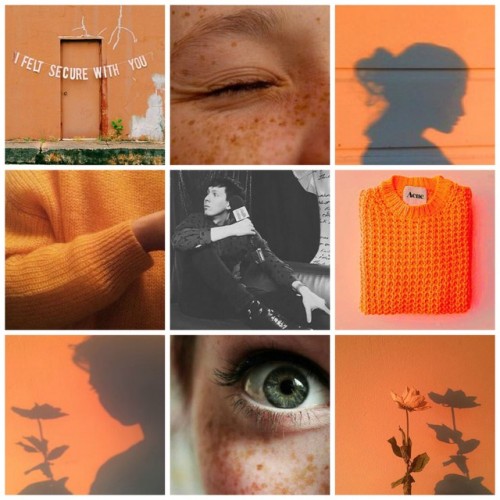

Even though we wanted to transform from a little band to a big one, and even though we hoped for international acceptance when we went to France and then the US, no one could have predicted what I describe as the “Eyes of the Storm”. Things were happening so wildly that I cannot say that photography was in the forefront of my mind as we toured. As true today as it was back then.’ Above: Slovak photographer and friend of the band Dezo Hoffmann (on right), among the throng in Paris Top: Ringo on a flight to Miami: ‘Following our US trip, Ringo coined the phrase “Tomorrow never knows”. She understood that she had only one opportunity and she had to get it right. She had the discipline to spot the picture and then take it. When I watched Linda work, she was very old school in that way. You had to take the right picture, actually compose the image in the frame without the safety of knowing you could crop it later. This is such a contrast with the process today of taking pictures on your phone. Despite the simplicity of the camera, the process, at least to me, was challenging, since with each roll, you had only 24 or 36 images, which you had to get right, because there wasn’t a second chance. I would often say to them, “What’s the right lighting?”, because they were professionals and would automatically know.

Since we were surrounded by journalists, I often took pictures of them, not so much for revenge but because they were an interesting group of people. They would have to frame the picture, guess the lighting and then just go for it – the madness that enveloped us everywhere making their work ever more difficult. In looking back at these photographs, I have even greater regard for the photographers around the Beatles back then.

Every family we knew would take a camera on holiday, as in “Here we are on holiday in Blackpool” or “Here I am with Auntie Dilys and Uncle Harry”, as we did when we went to Butlin’s holiday camp.

This was not just a McCartney family hobby. And from those early years, we would use the camera to take pictures of each other. I would ask my brother, Mike, to take a picture of me outside a hotdog store – an American export to a country that had never previously known hotdogs. I used to love the whole process of loading a roll of Kodak film into our Brownie camera. T he truth is that I have always been interested in photography, from the time I was very young, when our family owned a little box camera in the 1950s. It was still slightly shocking for us to see a gun in real life’ His gun was framed perfectly through the window, and I managed to focus on his gun and ammunition. Miami: ‘Of the photos I took on the journey from the airport to the hotel, one of the most striking, for me, is of an armed policeman on his motorcycle. We were in the vanguard of something more momentous, a revolution in the culture. By the end of February 1964, after our visit to America and three appearances on The Ed Sullivan Show, we finally had to admit that we would not, as we had originally feared, just fizzle out as many groups do. We four guys from Liverpool couldn’t possibly realise then the implications of what we were doing. It was a period of – what else can you call it? – pandemonium. Here was my own record of our first huge trip, a photographic journal of the Beatles in six cities, beginning in Liverpool and London, followed by Paris (where John and I had been ordinary hitchhikers just over two years before), and then what we regarded as the big time, our first visit as a group to America – New York, Washington DC and Miami – to the land where, at least in our minds, music’s future was being born. It was a wonderful sensation because they plunged me right back. This was exactly my experience when seeing these photos, all taken over an intense three-month period, culminating in February 1964. Anyone who rediscovers a personal relic or family treasure is instantly flooded with memories and emotions, which then trigger associations buried in the haze of time.


 0 kommentar(er)
0 kommentar(er)
